Since it would seem no established beekeeper produces enough beeswax to have worked into his necessary foundation, where does the surplus come from?
You ask a good question and there are many times when it seems as though every scale of beeswax is in use and there is no surplus. An established beekeeper may not produce enough wax for his own foundation, and again he may. If he works for extracted honey and has reached the point where he makes no more increase and needs no more combs, he may have a surplus of wax from his cappings. Even if he renews his combs, the melted combs should furnish wax for the new ones. It is this sort of situation that supplies the beeswax for the comb honey producer. Surplus beeswax is also produced from melting damaged or moldy combs.
In some of the African countries as well as some other nations of the world, surplus beeswax is produced by salvaging the natural combs that were destroyed when the whole open air colonies in trees or other nesting sites were raided for honey.
In some of the African countries as well as some other nations of the world, surplus beeswax is produced by salvaging the natural combs that were destroyed when the whole open air colonies in trees or other nesting sites were raided for honey.


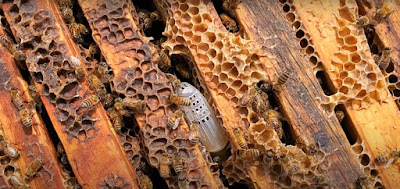
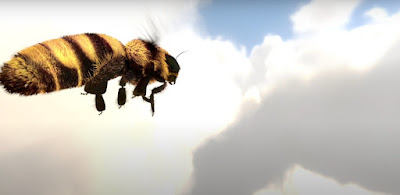

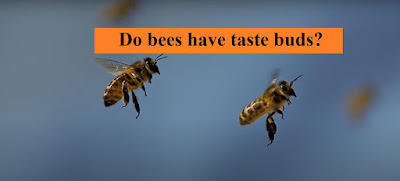
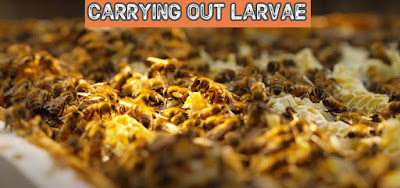
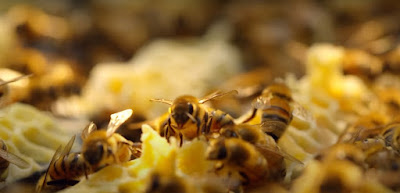

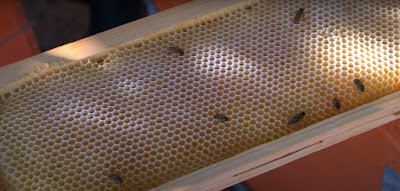


Comments
Post a Comment